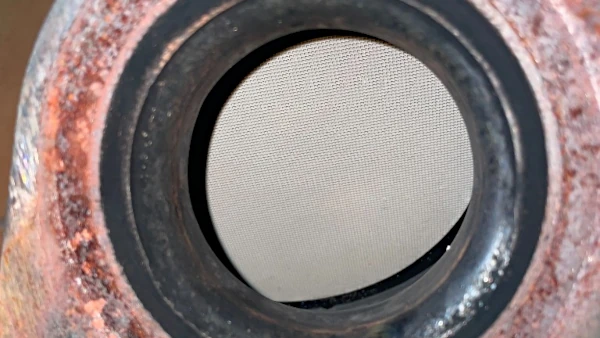Recognizing and Addressing Catalytic Converter Issues
The catalytic converter a vital emissions control device in modern vehicles, plays a crucial role in reducing harmful gases released into the atmosphere. However, like any automotive component, it is not immune to issues. In this article, we will explore the symptoms of a malfunctioning catalytic converter and provide tips on diagnosis and prevention.
Identifying Symptoms of a Troubled Catalytic Converter
A malfunctioning catalytic converter can manifest various symptoms, which, if left unattended, can not only affect your vehicle's performance but also harm the environment. Here are some common signs to watch out for:
Check Engine Light
One of the first indicators of catalytic converter trouble is the illumination of the check engine light on your vehicle's dashboard. The onboard diagnostic system detects irregular emissions levels, signaling potential issues.
Sluggish Acceleration
If you notice that your vehicle struggles to accelerate or feels less responsive, a failing catalytic converter may be the culprit. Reduced engine performance can result from restricted exhaust flow caused by a faulty converter.
Worse Gas Mileage
A decrease in fuel efficiency is another red flag. A poorly functioning catalytic converter can disrupt the air-fuel mixture, leading to higher fuel consumption and reduced mileage.
Rotten Egg Smell
Unpleasant odors, such as a rotten egg or sulfur-like smell, emitted from your vehicle's exhaust can be indicative of catalytic converter issues. This odor is a result of the converter's inability to process sulfur-containing compounds properly.
Failed Emissions Test
During emissions testing, a failing catalytic converter can lead to a failed inspection. High emissions levels due to a malfunctioning converter not only result in test failure but also contribute to environmental pollution.
Rattling Noise
A rattling or clanking noise, particularly when the vehicle is in motion, may suggest that the internal honeycomb structure of the catalytic converter has deteriorated or broken down.
Diagnosis and Prevention
Diagnosing catalytic converter problems early is crucial to prevent further damage and maintain a well-functioning vehicle. Here are some tips on how to address and prevent catalytic converter issues:
Check the Code
When the check engine light comes on, use an OBD-II scanner to retrieve trouble codes. This will help pinpoint the specific issue related to the catalytic converter.
Inspect the Exhaust System
Regularly inspect your vehicle's exhaust system for visible signs of damage or corrosion. Address any issues promptly to prevent further complications.
Replace Air and Fuel Filters
Ensure that air and fuel filters are clean and functioning optimally. Dirty filters can lead to a poor air-fuel mixture, which can harm the converter.
Use High-Quality Fuel
Invest in high-quality, clean-burning fuel to reduce the buildup of carbon deposits on the converter's surface.
Avoid Engine Misfires
Address engine misfires as soon as they occur. Misfires can lead to unburned fuel entering the exhaust, which can damage the catalytic converter.
Conclusion
A properly functioning catalytic converter is essential for reducing harmful emissions from your vehicle and maintaining optimal performance. Recognizing the symptoms of a failing converter and taking preventive measures can save you from costly repairs and help protect the environment. Regular maintenance and addressing issues promptly are key to ensuring your catalytic converter continues to serve its vital role in curbing air pollution.
